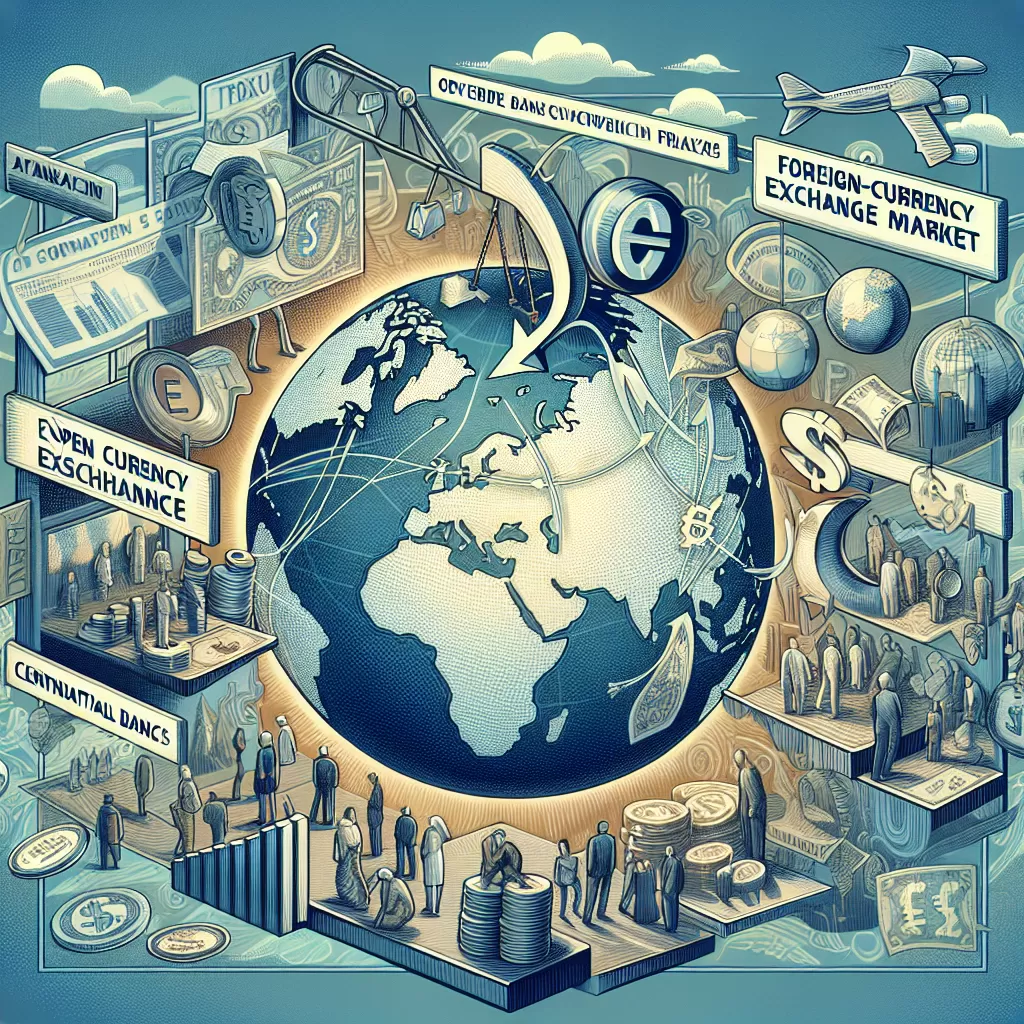In An Open Economy, What Is The Source Of Supply In The Foreign-currency Exchange Market?
Follow Currency Mart April 10, 2024
Where to purchase Foreign Currencies?

Introduction
In the thrilling world of currency exchange, every player is affected by the intricate dance of supply and demand. In an open economy, the foreign-currency exchange market operates as a pivotal platform for this interaction. The fundamental source of supply in this market emanates from a variety of stimulating sectors, all participating in the financial rhythm across borders.Trade Exports
Trade exports represent one of the most significant, tangible sources of supply in the foreign-currency exchange market. When a country exports goods and services to an international market, foreign buyers are required to purchase the exporting country's currency to complete the transactions, thereby boosting demand and supply of that local currency in the exchange market.Foreign Investments
Foreign Investments are another robust supply source for the foreign-exchange market. When foreign entities or individuals aim to invest in domestic bonds, real estate, or businesses, they often need to convert their native currency into the local currency. This conversion augments the supply of the foreign investor's currency into the market leading to changes in value.Immigrant Remittances
Immigrant remittances are a vital source of currency supply too. When immigrants send money back to their home country, they have to convert the host country's currency into their native currency. This process involves supplying the host country's currency to the exchange market, influencing money supply and foreign exchange rates.Speculation and Currency Trading
Speculation and currency trading also serve as hefty sources of supply and demand in the currency exchange market. Traders may buy or sell a currency based on their speculation of future price movements. For instance, if speculators anticipate the US dollar to rise against the Euro, they may sell off Euros to buy US dollars, thus increasing the supply of Euros on the foreign exchange market.Government Policies and Central Banks
Government financial policies, and central banks significantly contribute to the currency supply on the exchange market. Currency stabilization efforts, implementation of monetary policy, or interventions to rectify balance of payment deficits or surpluses, can all lead to an increased supply of a country’s currency on the market, thus affecting exchange rates.Income from International Tourism
Lastly, International Tourism is another vital source of supply. When tourists travel overseas, they exchange their home currency for the currency of their destination country, thereby supplying their domestic currency to the foreign-exchange market.Conclusion
In conclusion, the sources of supply in the foreign currency exchange market in an open economy are multifaceted. They range from trade export, foreign investments, speculation, and government policies, to immigrant remittances and international tourism, all providing a dynamic and interacting system of currency exchange. Understanding the sources of supply is crucial to comprehend the fluctuations of currencies and their subsequent impacts on the domestic and global economy. As observers, players, or the guardian of this realm, appreciating this complex dance leads to a clearer picture of the subtle maneuvers in the intricate global ballet of currency exchange.
Where to purchase Foreign Currencies?